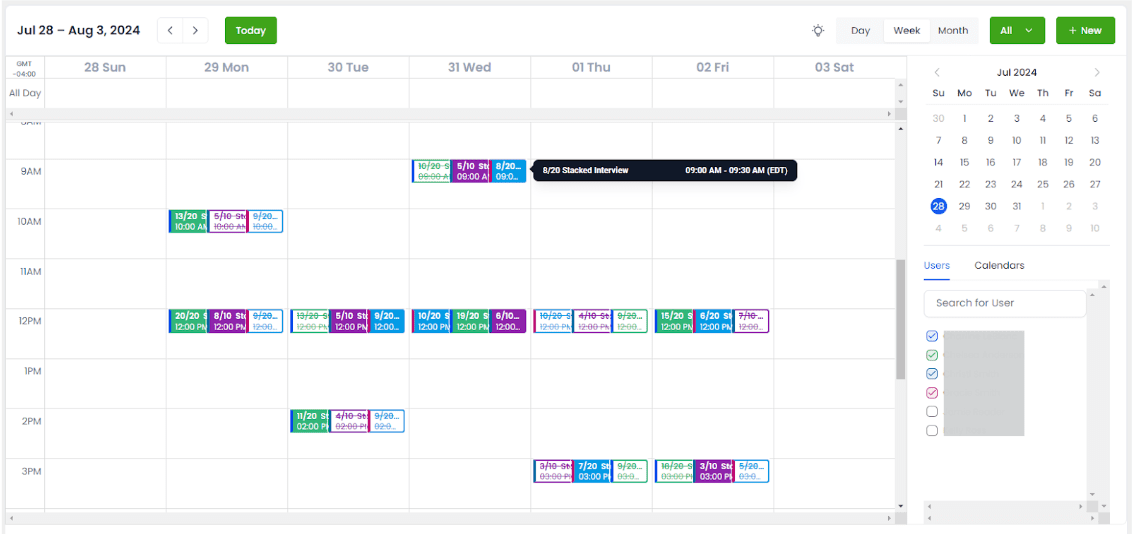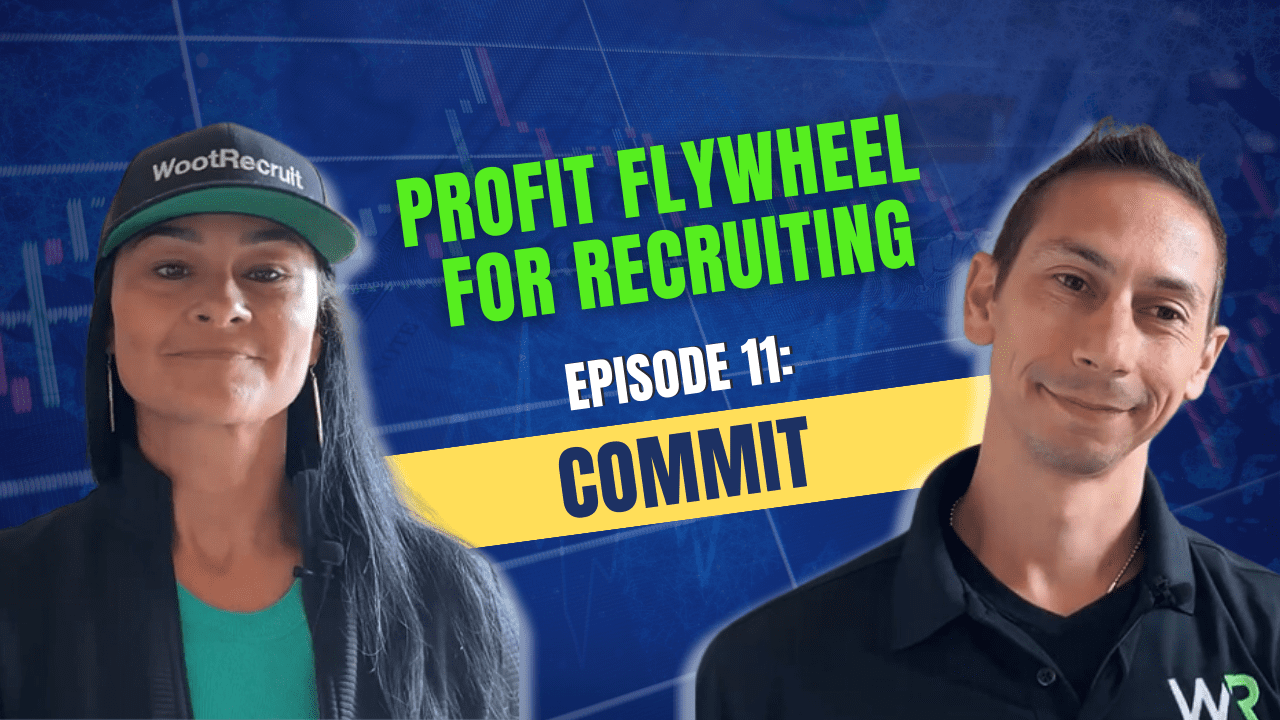How to Dramatically Improve Your Interview Show Rate by Understanding the Human Element
When it comes to recruiting, many businesses struggle with getting candidates to show up for interviews. It’s a common frustration. However, understanding why candidates might not show up can provide insight and strategies to improve these rates. Let’s dive into some key factors affecting show rates and how you can address them.
Timing Matters
Life happens, and what seemed like a convenient interview time when scheduled might not work anymore when the day arrives. Consider the realities of your candidates’ lives—whether it’s a sick child, a flat tire, or simply a change in priorities. This shift might not be intentional, but it’s a reality. Candidates often overcommit when scheduling, leading to last-minute changes or cancellations.
- Shorten the gap between scheduling and the interview date. The longer the wait, the more likely life events will interfere.
- Evaluate Your Current Scheduling Process: Look at the times when interviews are scheduled and compare these with your no-show rates. You might find patterns that indicate inconvenient times.
Location Relevance
If your office is inconveniently located for candidates, they may think twice about attending. Location plays a significant role in no-show rates, especially if the commute is long or complicated. Ensure that your office is accessible not just to customers but also to potential employees.
- Conduct a market analysis before choosing an office location to ensure it’s convenient for both employees and candidates.
- Candidate Convenience is Key: Consider the daily schedule of your typical candidate. Are there better times or days that could work for them? Sometimes, adjusting to late afternoons or mid-mornings can increase show rates.
Personal Connection is Key
Building a personal connection with candidates after they schedule an interview can make all the difference. Engaging with them through personalized messages, videos, or images can help reduce anxiety and build excitement about the opportunity. It’s about making them feel like they’re already part of the team.
- Use personalized communication strategies like sending videos or photos of the workplace to create a stronger connection and reduce the chances of a no-show.
- Feedback Loop: After interviews, whether they show up or not, ask candidates for feedback on the scheduling process. This direct input can help guide which future improvements are most important to applicants.
Importance of a Strong Employer Brand
Your employer brand is critical in this process. Candidates often research your company before deciding to attend an interview. If your online presence doesn’t match the promises made in your job ads, they may choose not to show up. Your brand needs to be memorable, consistent, and reflective of your company culture.
- Ensure your online presence aligns with your job ads. Be memorable and unique in your branding to stand out from competitors.
Use Technology
Leverage scheduling tools that allow candidates to choose their preferred time slots within given parameters. This not only makes it convenient for them but also gives them a sense of control and commitment.

Want to see how we do this for companies? Schedule a Strategy Call with us to get a better scope on how we make this happen.
In recruiting, a low show rate can feel disheartening, but it’s important to remember that it’s not a reflection of your company’s worth. Instead, take steps to improve these rates and create a more efficient hiring process. Focus on timing, location, personal connection, and a strong employer brand to see a noticeable improvement in your interview show rates.
Recent Posts





